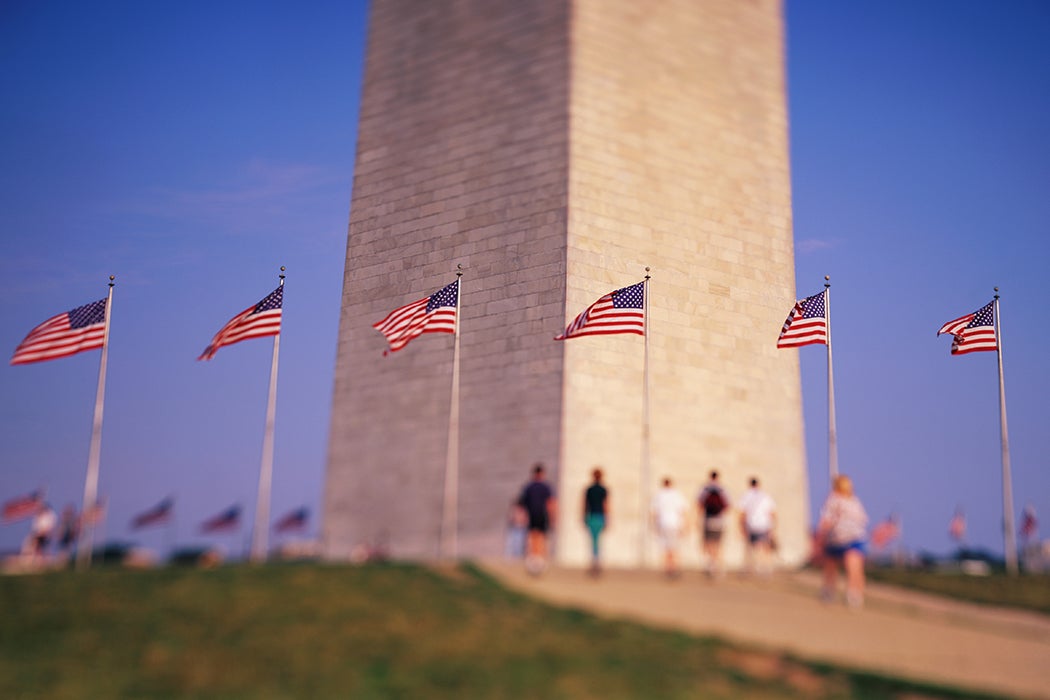Every year, over twenty million visitors embark onto the streets of Washington, DC: kids on class trips; parents showing their kids the Lincoln Memorial; curious travelers eager to wander through a museum. In a 1989 paper, Diane K. Skvarla (who would go on to serve as the curator of the US Senate for eighteen years) points out that none of these people would have shown up at the nation’s capital when the country was young.
When the federal government first moved to DC in 1800, the place was kind of a mess. Many buildings, including the President’s House and the Capitol building, were still incomplete. Much of the city was still swamp land and muddy roads. “For several days after my arrival here I did not know I was in the city of Washington, the capital of America,” one English visitor wrote in 1810.
The few people who bothered to visit the city tended to be from Europe, curious about how democratic governance worked in the young nation. That changed gradually, Skvarla writes. The election of Andrew Jackson was touted as the start of “the era of the common man,” and his 1829 inauguration drew thousands to DC That started a tradition of travel to the capital to witness each new president being sworn in to office.
Around the same time, growing civic engagement drew some Americans to the capital. “Americans recognized the Compromises of 1830 and 1850 and the Kansas-Nebraska Act as explosive issues that would shape the future of the country and its people,” Skvarla writes. Visitors would come expressly to watch historic debates on these topics between eloquent speakers like Daniel Webster, Henry Clay, and John Calhoun.
While there weren’t many sights to see in Washington in those years, many visitors were impressed with the Capitol building, particularly since its “towering dome” stood out elegantly from the small wood and brick buildings around it.
In the 1850s and ’60s, guidebooks began offering tourists suggestions on places to visit in the city beyond the Capitol. The President’s House was a particular draw. When Charles Dickens visited President John Tyler in 1842, he noted numerous strangers wandering the public sections of the building, most with “no particular business there.”
Want more stories like this one?
In the last decades of the nineteenth century, tourism grew into a real industry for the city. With better transportation systems and more leisure time, Americans were traveling more in general. And, as the federal government grew after the Civil War, the city acquired paved streets, luxury hotels, and horse-drawn public streetcars. Illustrated journals and newspapers presented appealing images of the capital to people around the country. At the same time, the United States was becoming a world power, sparking patriotic feelings. In 1874, journalist and author Mary Clemmer Ames reflected on the sense of national pride that drew even the “lowly and poor” to the capital.
“You may not own the cottage which shelters you, nor the scanty acres which you till,” she wrote. “Yet these historic statues and paintings, these marble corridors, these soaring walls, this mighty dome are yours.”







